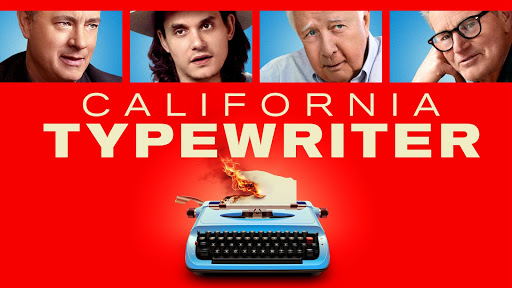American rock and roll music is seen as a smorgasbord of musical influences, borrowing liberally from both European and African sources. But the influence of the Native American culture on rock music has rarely been acknowledged. Documentarian Catherine Bainbridge (who also explored Native Americans in Hollywood movies with Reel Injun) and cinematographer Alfonso Maiorana (who worked with Bainbridge on the TV series “Mohawk Girls”) explore the Indians that have had an impact on rock and roll in their fascinating new movie Rumble: The Indians Who Rocked the World.

Through interviews and archival footage, Rumble: The Indians Who Rocked the World traces the history of rock and roll while examining the influence of Native American culture. It shows how Native American four-on-the-floor drumming mixed with African polyrhythms to form the basis of rock music. It shows how the instruments evolved and the chanting simplified into an art form that was accessible to Euro-Americans.
And it showcases several musicians with Native American ancestry who became successful “mainstream” artists, many of whom are not generally thought of as Indian, people like Robbie Robertson (Mohawk), Jimi Hendrix (Cherokee), Stevie Salas (Apache), and Rhiannon Giddens (Ocaneechi).

Rumble: The Indians Who Rocked the World is part history lesson and part rock and roll documentary. It’s a little light on the music, but it drops enough knowledge and insight to make up for it. From Cherokee blues/folk musician Charlie Patton (“he did Jimi long before Jimi!”) to Shoshone DJ Jimmy “Taboo” Gomez from Black Eyed Peas, Rumble: The Indians Who Rocked the World is a fairly comprehensive look at the Native American rock and roll influence.

Some of the subjects are expected. For example, the movie has a segment on Redbone, the successful band formed by Yaqui-Shoshone brothers Pat and Lolly Vegas who are best known for their yacht rock hit “Come and Get Your Love” and who famously began their breakthrough performance on “The Midnight Special” with a full-on Indian ceremony (Jimi Hendrix told them to “do the Indian thing!”). And viewers may actually get tired of “Rumble,” the biggest hit from Shawnee guitarist Link Wray, which is played ad nauseam during the first half of the movie (it is, however, the composition for which the movie is named, so it makes sense).

But the most interesting stories are also the most heartbreaking. They’re the ones about the unsung heroes. Like Comanche-Kiowa guitarist Jesse Ed Davis, who played with just about everyone in the seventies (he played the brilliant guitar solo on Jackson Browne’s “Doctor My Eyes”) before succumbing to drug addiction in 1988. Or Apache drummer Randy Castillo, who kept the beat for Ozzy Osbourne (Ozz loved his “indigenous rhythms) and Mötley Crüe (in the short-lived Tommy Lee-less incarnation) before dying of cancer in 2002.

There are a lot of cool little moments packed into Rumble: The Indians Who Rocked the World. Martin Scorsese discusses documenting the star-studded last concert from The Band in The Last Waltz. E Street Band guitarist Little Steven Van Zandt explains why the Indians played music in the early days of American colonization, and how it relates it to today’s musicians (“we’re all trying to not work in that cotton field.”).
Taboo is shown at the Standing Rock protests. And the reason there are so many of these moments packed into Rumble is that they are so, well, little; it covers a lot of ground, and some events and musicians are simply glossed over for the sake of time. But music fans and American historians alike will find Rumble: The Indians Who Rocked the World fascinating, to say the least.

